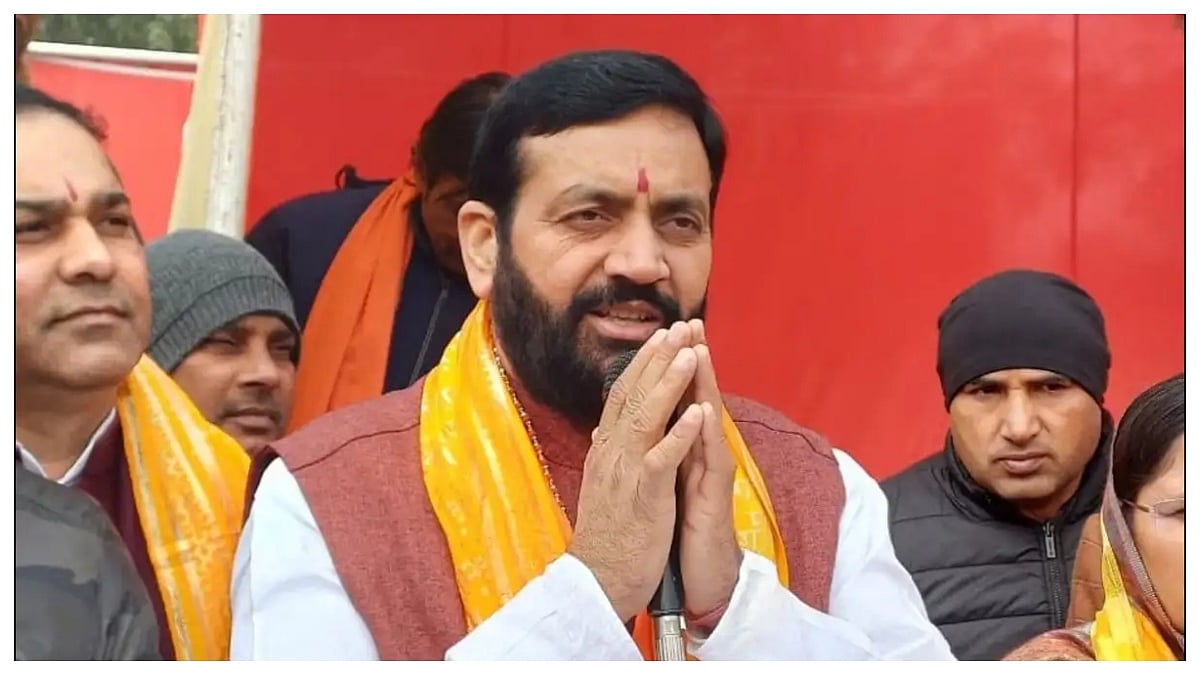The problem with any affirmative action taken by Central banks is that they work very well to the extent that it is difficult to roll back the measures. This was the case with the moratorium and therefore the Supreme Court decision to go back to normal is significant. This only supports the RBI thought process, which was that even after the moratorium ended, the large companies which had problems on debt servicing could go to the banks and look for a one-time restructuring package.
Small-time borrowers, with loans of less than Rs 2 lakh were anyway not to be charged interest on interest and those who paid on time were compensated by the government. The SMEs had a running restructuring scheme even before the pandemic for the ones under pressure while the standard assets that faced problems during the pandemic were provided an emergency line of credit with government guarantee. Therefore, the government and RBI took care of credit-related issues for the last one year.
NPA levels
However, companies were still hoping for an extension of the moratorium and the court has only provided support to all borrowers on the interest on interest, which will not be charged. This is fair because when funds move from the deposit holder to the borrower via the bank it is a zero-sum game. The question which now arises is that if there is no more moratorium being provided, will the NPA level go up now?
The NPA level was around 7.5 per cent in September and according to the RBI’s FSR, could go up to 13.5 per cent in a baseline stress scenario by September 2021. Such an estimate would have taken into account the final ruling on non-extension of the moratorium and the consequent impact on companies’ ability to service their debt. Presently, it is hard to conjecture whether this scenario will materialise but for sure the 7.5 per cent number will spike and most likely reach double-digit levels in March as banks begin to recognise these assets as NPAs provided they are not serviced. Several companies which had the ability to pay have been holding back, hoping for further relief.
Therefore, the March numbers of banks will be important as they would have to recognise these assets and a true picture would be obtained. However, it must be mentioned here that several assets have been restructured, especially in the SME segment and this will be a sore point at a later point of time when they have to be serviced. This can be a worry in the future, though not a concern today.
Making provisions
Banks have to start making provisions for these NPAs in case they have not done it so far. Some banks have averred that they had already made these provisions, in which case there will not be major issues. However, those which have not done so will find their P & L dented to this extent and in this context, it would be interesting to see how the banks which have come out from the PCA (prompt corrective action) framework will fare. The financial results of the banks for the fourth quarter will be quite illuminative of the depth of this problem.
While rising NPAs and provisions will lower profits for sure, some of the PSBs will have to seek capital as the net worth gets affected. This would not have been an issue but for the fact that the government seeks to privatise two PSBs which would almost certainly not be a part of the group which has witnessed mergers in the last couple of years. These standalone banks will be the ones to be looked at closely by the markets.
Last, the future of credit will hinge on the final outcome of the asset quality on the financials. The demand for credit will pick up for certain in FY22 and this is where the support from banks will be required. The debt market is a segment that is for all practical purposes open only to the higher rated companies and as companies which are lower down in the pecking order look for funds, banks should be willing to lend. This is important because anecdotal evidence shows that banks are less willing to lend when NPAs increase, as they tend to cherry-pick their customers.
It happened when the AQR was on, which led to escalation in the NPA ratios. This will be a concern for policy makers as funding will be a driving force for growth this year. The RBI can keep rates lower by providing liquidity to the system, which can affect the cost of funds, but for sure, cannot influence the willingness to lend.
The writer is Chief Economist, CARE Ratings and author of: Hits & Misses: The Indian Banking Story. Views are personal









